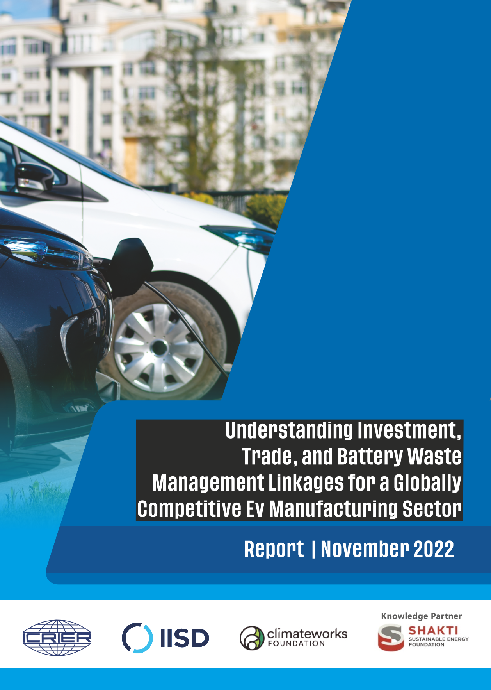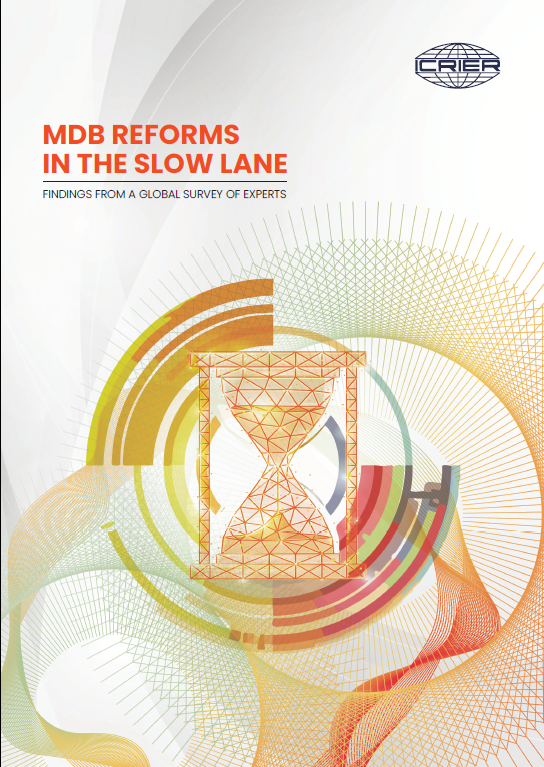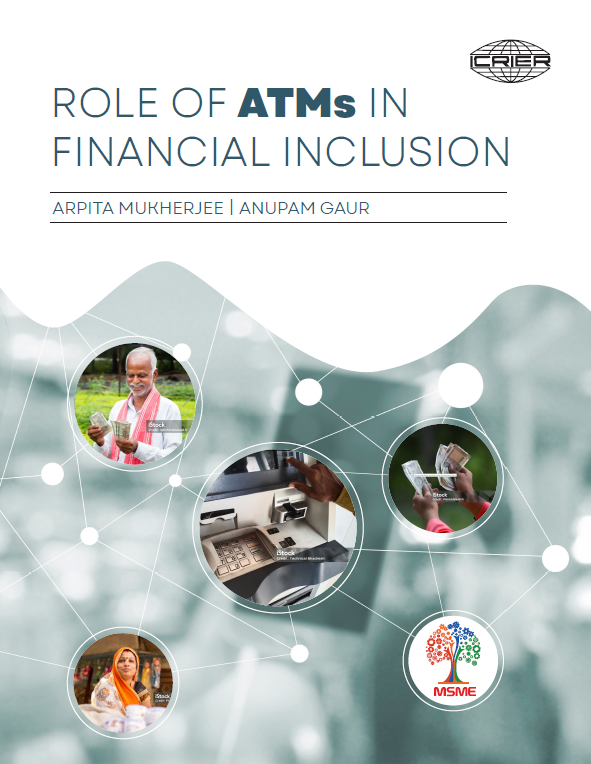
Report | November 2022
The Indian automobile industry is expected tobe the third largest globally by 2030; duringFY 2018-19, it contributed 7.1 per cent ofIndia’s GDP and employed more than 37million people (Department of Heavy Industry,Government of India, 2019). The governmentprovided an extra policy push to ensure theaccelerated and sustained growth of theautomobile industry under its AutomotiveMission Plan (AMP) 2006-2016, followed byan updated plan for the period of 2016-26(AMP 2016-26) launched in 2015. It aimed to‘propel the Indian Automotive industry to bethe engine of the “Make in India” programme’as well as increase the net exports of theindustry (SIAM, 2016).
Along with AMP 2006-16, the ‘NationalElectric Mobility Mission Plan (NEMMP) 2020’was launched in 2012 due to high demandfor environmentally friendly vehicles. It wasthe first policy support to electric vehicles(EVs) in India and targeted the deployment ofaround 2-3 million EVs in the country by 2020.This involved specific incentives to encourageinvestment in and manufacture of EVs. AMP2016-26 too focuses on technologies in EVmanufacturing (EM) and related networkneeds. This is because the dynamics ofmobility in the country is expected to changedramatically as old systems of mobility andinfrastructure may not suffice to meet therequirements of the growing population andchanging environment. Thus, India is lookingto actively pursue EVs under its transformativemobility initiative, which will help reduceits dependence on imported crude oil andensure a greener future (Innovation Norway,2018).







